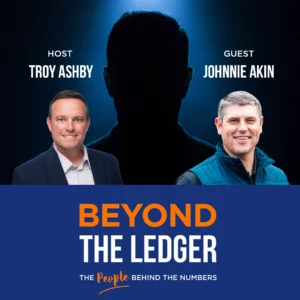Short-Dated Option Trading Rises Without Shaking Up Overall Market
The market for short-dated option trading, known as “zero-day options,” has seen a significant rise in activity, rising in popularity since the beginning of the COVID-19 pandemic. These options allow traders to position themselves based on specific events like economic data releases or monetary policy decisions, and zero-day options for the S&P 500 now make up 43% of the total S&P 500 options volume, a considerable increase from 6% in 2017.
Recent increased demand for these options is attributed to the heightened volatility in financial markets. In August, the S&P 500 saw four of its all-time top 10 days for zero-day options purchases, and the index fell over 4% during this time. Some analysts believe that the popularity of these options is influencing price swings in the S&P 500, leading to concerns about potential extreme volatility, reminiscent of the 2018 “Volmageddon” event. Goldman Sachs even mentioned an instance where orders for bearish zero-day options resulted in a quick 0.4% decline in the S&P 500 within 20 minutes, though Cboe Global Markets denies the assertion that zero-day options are causing increased intraday volatility.
Most of the demand for these options is from institutional investors, but retail traders, influenced by platforms like Reddit’s Wall Street Bets, as well as Instagram and TikTok, are also participating. How does this significant boost in short-dated option trading volume impact overall market volatility? Russell Rhoads, Clinical Associate Professor of Financial Management at Indiana University, provides his view on the matter, in addition to answering whether or not the trading volume of zero day options be used as an indicator for predicting short-term market movements.
Russell’s Thoughts
“The spike in interest for short dated option trading from traders has a lot to do with strategies that make an awful lot of sense when there’s very little time left for…expiration. Typically that’s option selling strategies, but this has been offset by traders taking a directional position throughout the day using options that expire that afternoon. So you’ve seen a combination of maybe more sophisticated strategies taking advantage of selling volatility or selling options at the end of life of options, plus a lot of speculative activity for maybe buying calls or buying puts with a directional outlook for indexes like the S&P 500 or the NASDAQ 100.
The boost in option volume has not necessarily impacted the traditional options that were around before dailies were introduced in 2022. It seems to be more additive and not cannibalizing what’s going on within the market. So how does this significant boost in option volume impact overall market volatility? Well, it really has not had much of an impact on overall market volatility. A lot of market observers have commented on how VIX did not reach elevated levels that they would have expected in the 2022 market environment and cited the single day options, or zero DTE options, as being a factor with this.
What I did was I actually went out and looked at markets that have volatility indexes, don’t have options expiring every day, and those volatility indexes acted just like VIX in 2022 with the underlying markets acting just like the S&P 500. Specifically, I’m talking about the Eurostox 50 and VSTOX. And can the trading volume of zero day options be used as an indicator for predicting short term market moves? It can to a certain point, but not necessarily directionally, more as an indication of how much the market is expected to move the following day.
And we see straddles with very high premiums going into days for major economic events like the FOMC, the monthly employment number, or because the market’s been very focused on inflation of the consumer price index or the producer price index. You’ll see the at the money straddle for SPX and NDX at elevated levels on the close the day before a big economic event. And then after that economic event has been digested by the markets, you’ll see the next at-the-money straddle back down to normal or long term average levels.”







